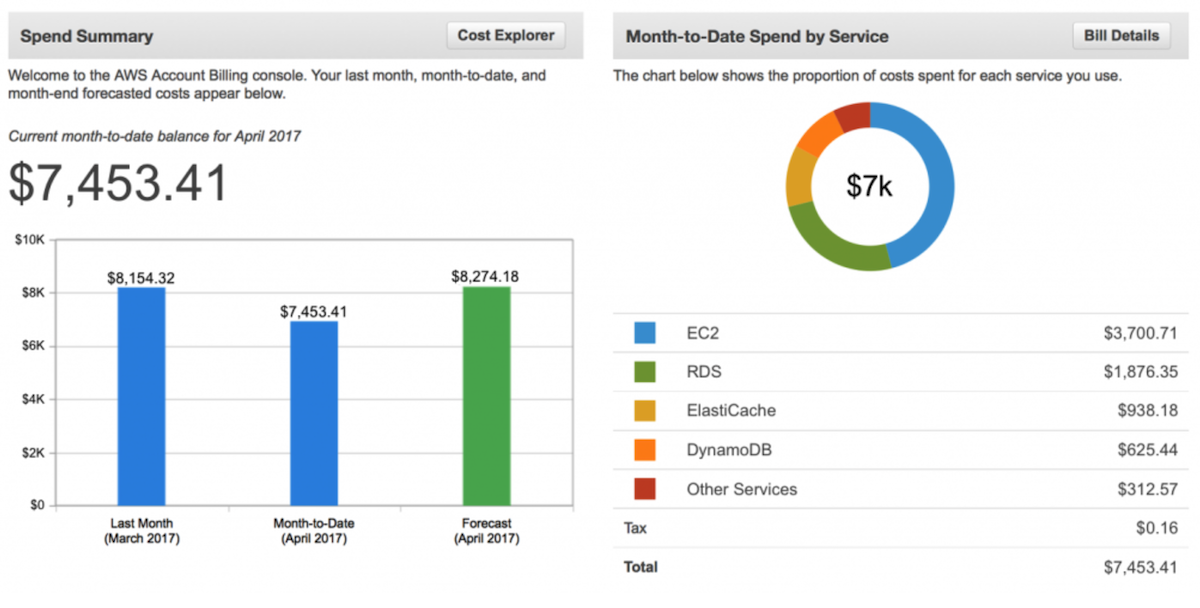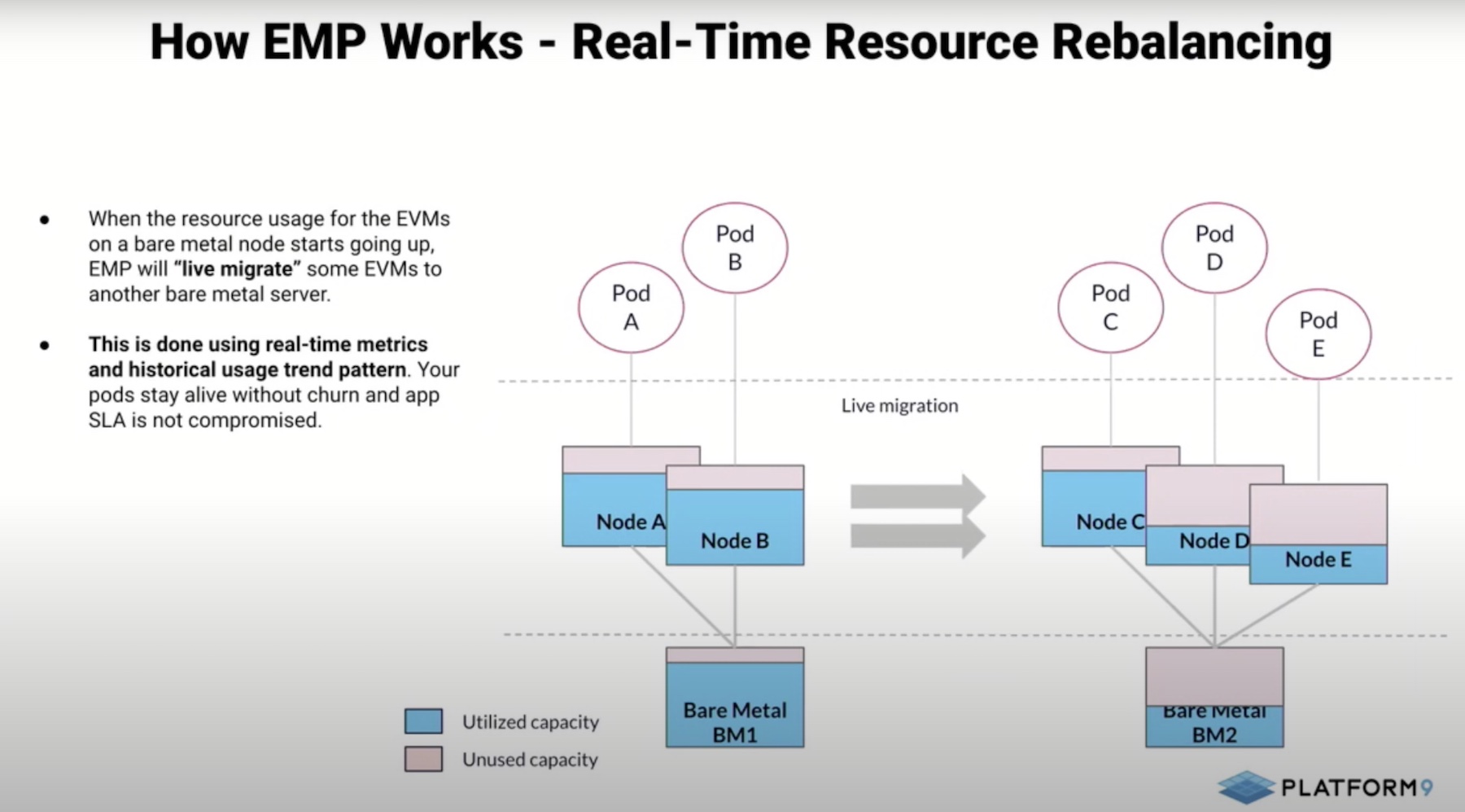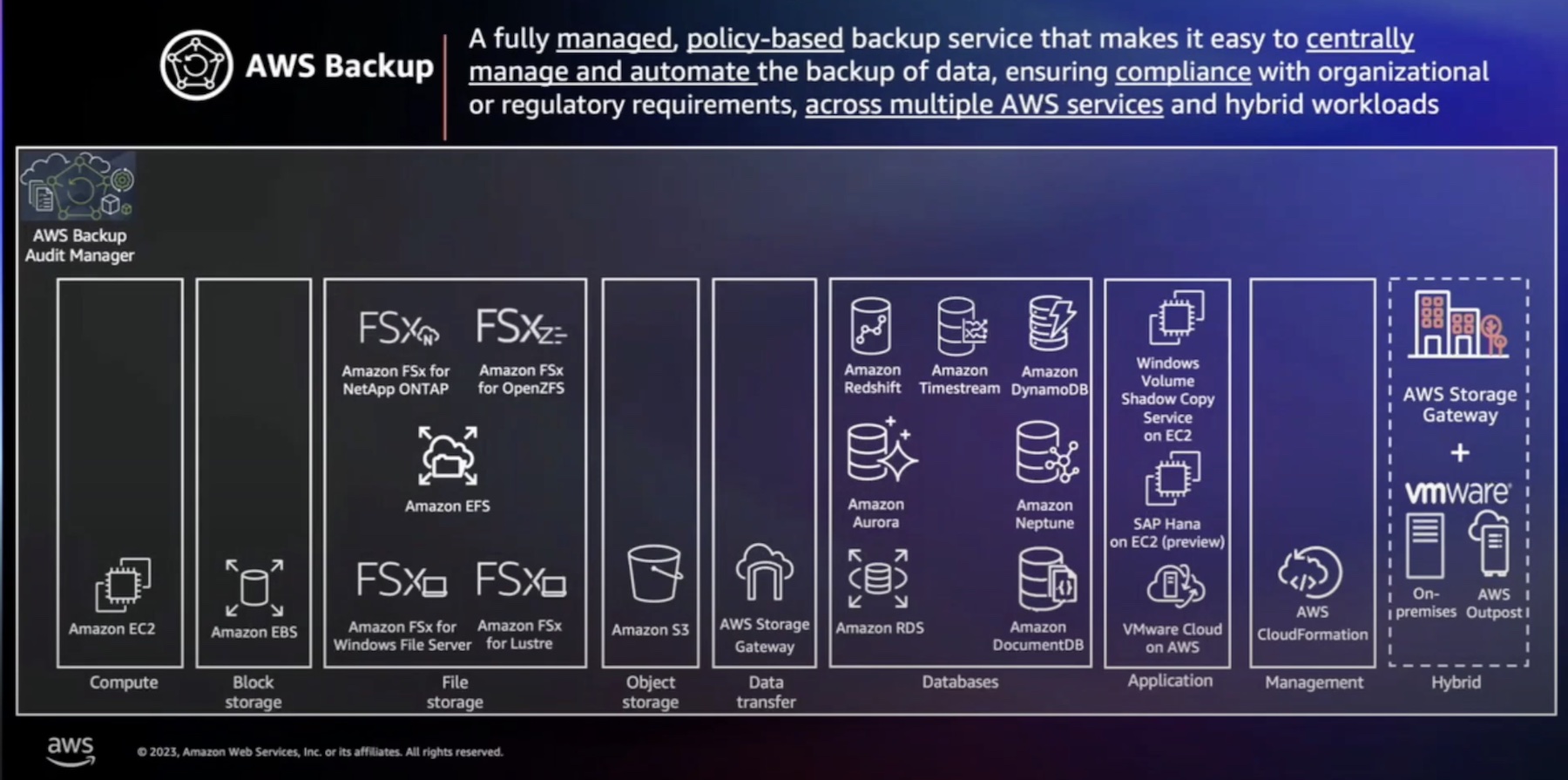Platform9’s Elastic Machine Pool (EMP), is aimed at enhancing the efficiency and cost-effectiveness of Kubernetes operations on AWS. The solution addresses a critical issue faced by many organizations: the underutilization of EKS clusters, which often leads to inflated cloud expenses without corresponding benefits in performance or scalability.
The Challenge of Underutilization
In my experience, managing cloud resources efficiently has always been a balancing act. The conventional approach often leads to over-provisioning to ensure availability, inadvertently resulting in low utilization rates. It’s not uncommon to see EKS clusters operating at around 30% utilization, a clear indication of wasted resources and unnecessary costs.
Introducing Elastic Machine Pool
EMP represents how resources are allocated and managed in the cloud. By leveraging advanced virtualization techniques and dynamic resource rebalancing, EMP ensures that applications receive the resources they need without the excess that typically accompanies traditional provisioning methods. This approach not only optimizes resource utilization but also minimizes disruptions to running applications, ensuring smooth and efficient operations.
Revolutionizing FinOps and Cloud Cost Management with EMP
In the context of FinOps, Platform9’s EMP stands out as a pioneering tool that bridges the gap between financial management and technical optimization in the cloud. It addresses key issues such as resource fragmentation, sizing mismatches, and the lack of automated feedback loops in traditional EKS setups. By providing a more granular and flexible approach to resource allocation, EMP enables FinOps teams to achieve a finer balance between cost, performance, and availability. This not only leads to direct cost savings but also fosters a culture of innovation and continuous improvement within organizations, as teams are no longer constrained by rigid resource allocations or fear of service disruptions. EMP’s integration into EKS environments exemplifies the synergy between technical innovation and financial stewardship, marking a significant leap forward in the pursuit of cloud excellence.
Cost-Effective Compute Engine for EKS
The financial implications of adopting EMP are significant. Through its intelligent resource management, EMP has the potential to halve AWS costs for EKS users. This is a game-changer for both DevOps and #FinOps teams, who are constantly seeking ways to optimize cloud expenses without compromising on performance or scalability.
Operational Efficiency
Beyond cost savings, EMP enhances operational efficiency. The dynamic rebalancing of resources, based on real-time demands, means that teams can focus more on innovation and less on the manual intervention typically required to manage cloud resources. This efficiency extends not only to the management of resources but also to the overall performance of applications running on EKS.
Conclusion
For those interested in a deeper dive into EMP and its benefits, I recommend reading the full discussion on Platform9’s blog. This exploration provides valuable insights into how EMP can transform the way we think about and manage cloud resources, offering a path to more sustainable and efficient cloud operations.
You can read more about it directly from Platform9 from their Cloud Field Day presentations or on their dedicated landing page on their website.




